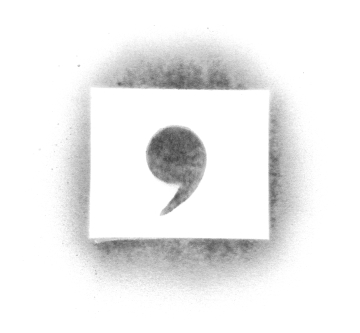Answer: Follow these famous witty rules of William Safire:
William Safire’s Rules for Writers:
- Remember to never split an infinitive.
- The passive voice should never be used.
- Do not put statements in the negative form.
- Verbs have to agree with their subjects.
- Proofread carefully to see if you words out.
- If you reread your work, you can find on rereading a great deal of repetition can be by rereading and editing.
- A writer must not shift your point of view.
- And don’t start a sentence with a conjunction. (Remember, too, a preposition is a terrible word to end a sentence with.)
- Don’t overuse exclamation marks!!
- Place pronouns as close as possible, especially in long sentences, as of 10 or more words, to their antecedents.
- Writing carefully, dangling participles must be avoided.
- If any word is improper at the end of a sentence, a linking verb is.
- Take the bull by the hand and avoid mixing metaphors.
- Avoid trendy locutions that sound flaky.
- Everyone should be careful to use a singular pronoun with singular nouns in their writing.
- Always pick on the correct idiom.
- The adverb always follows the verb.
- Last but not least, avoid cliches like the plague; seek viable alternatives.
Written by William Safire in his “On Language” column in the New York Times on 4 November 1979
Here are some more famous rules writing rules:
George Orwell’s 6 Rules for Writing Well:
1. Never use a metaphor, simile, or other figure of speech which you are used to seeing in print.
2. Never use a long word where a short one will do.
3. If it is possible to cut a word out, always cut it out.
4. Never use the passive where you can use the active.
5. Never use a foreign phrase, a scientific word, or a jargon word if you can think of an everyday English equivalent.
6. Break any of these rules sooner than say anything outright barbarous.


